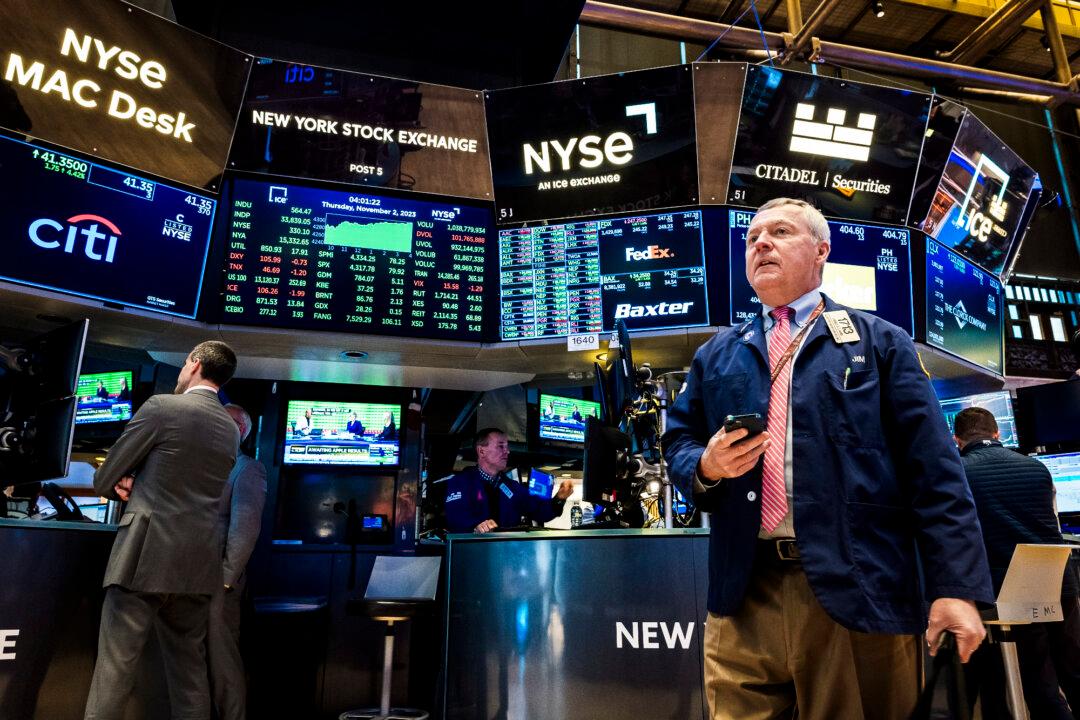The U.S. Chamber of Commerce announced an initiative to help lawmakers prioritize the country’s economic growth over political tussles, warning that future generations could miss out on a prosperous life owing to slower growth rates.
The Chamber launched its “Growth and Opportunity Imperative” policy on Thursday that calls upon “candidates and elected officials to support policies that would achieve at least 3 percent annual real economic growth over the next decade—a 50 percent increase over current projections,” said a July 4 press release.





